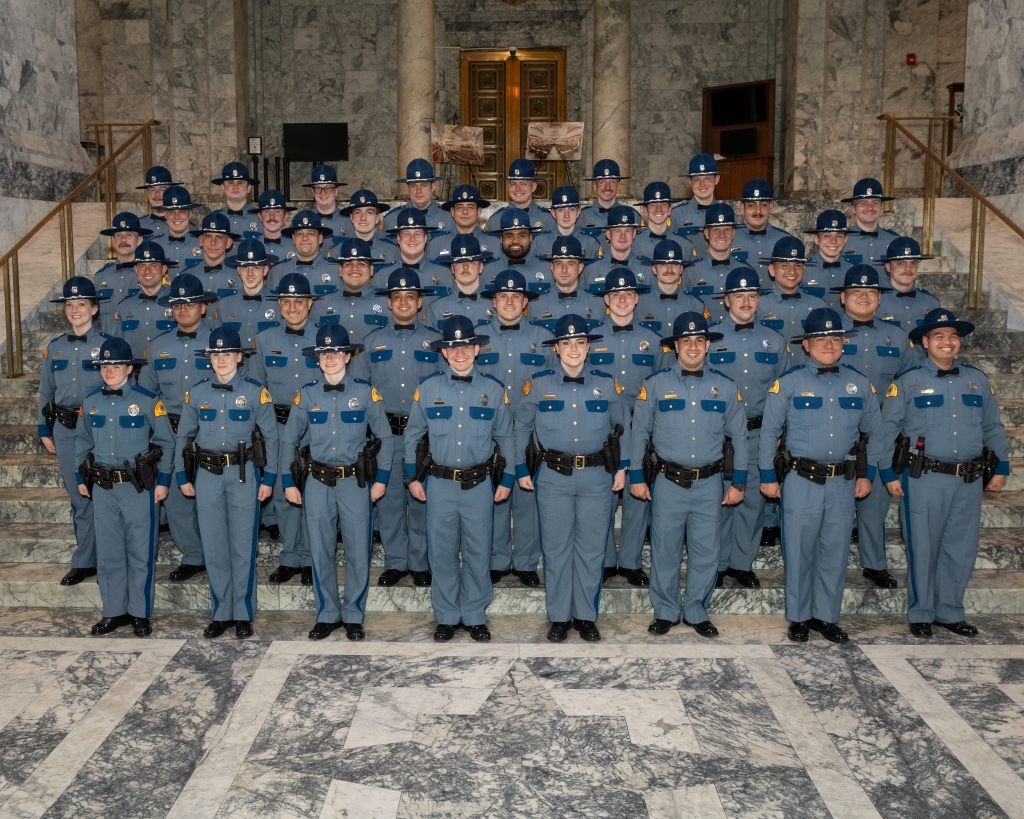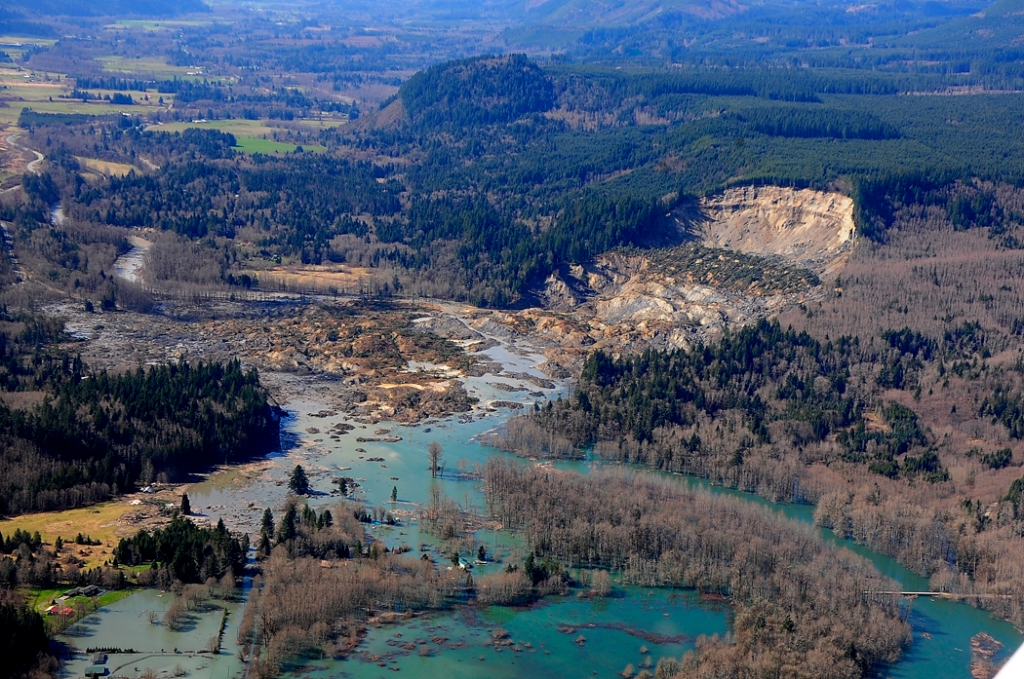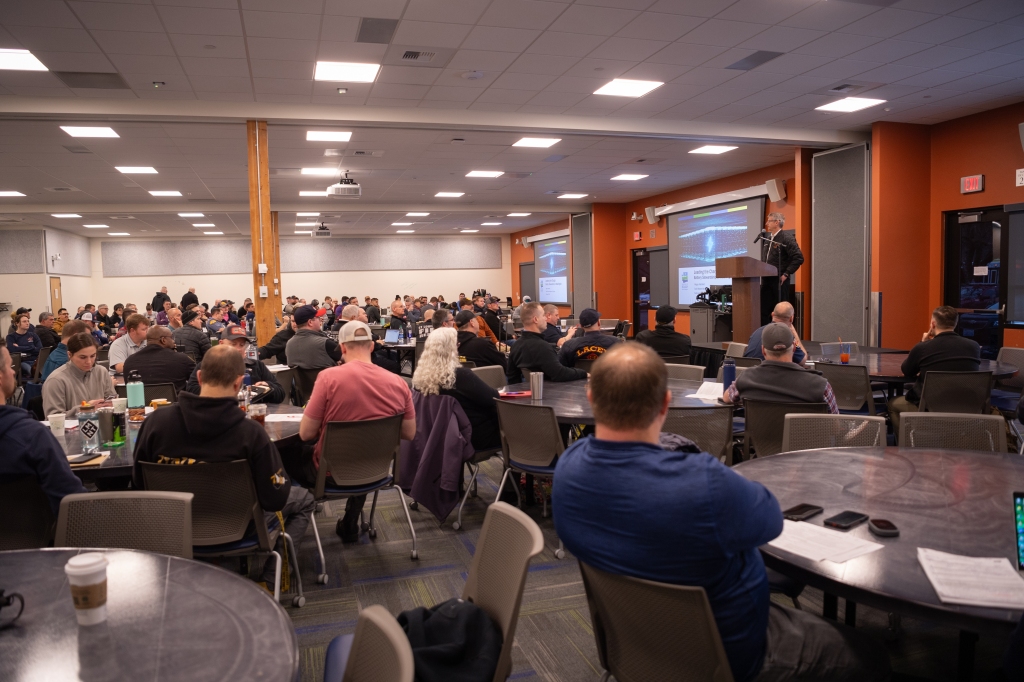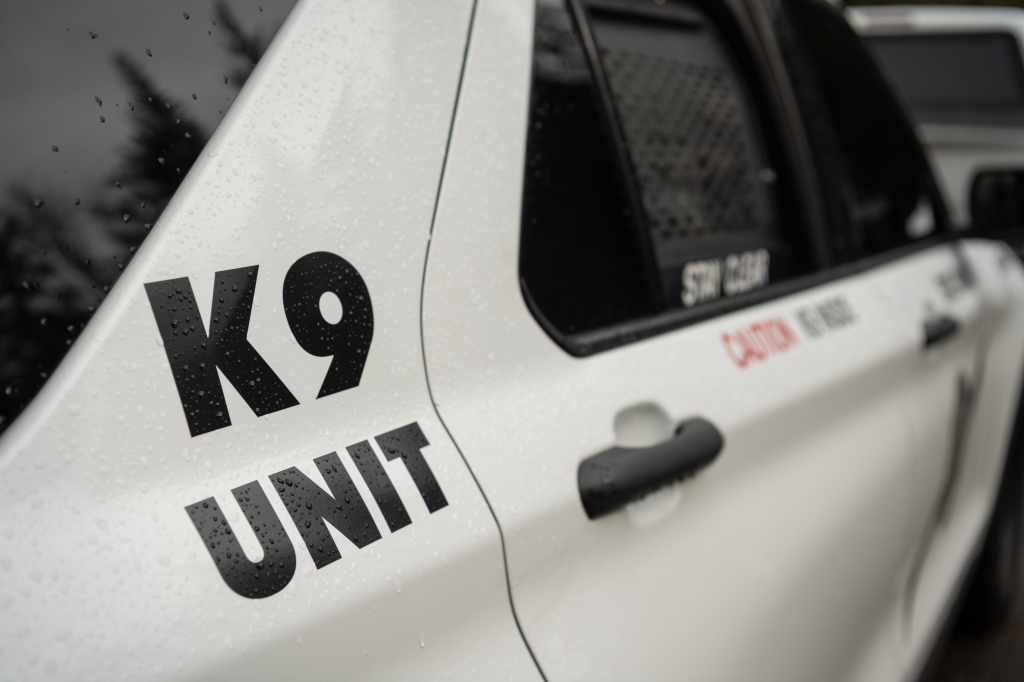‘Tis the season… for tire chains. With worsening weather conditions, and as people prepare to hit the road for the holidays, we want to answer some commonly asked questions about chains.
Our good friends at the Washington Department of Transportation (WSDOT) will advise when chains are needed.
What do the signs mean?
Traction Tires Advised – Traction tires are not required, but recommended. Oversize vehicles may be restricted from roadways during severe weather conditions.
Traction Tires Required – Passenger vehicles must use approved traction tires. Chains are required on all vehicles over 10,000 gross vehicle weight (GVW), and all vehicles and loads over 10,000 pounds gross weight rating (GVWR), including large passenger trucks and SUVs. Approved traction tires are:
- Tire Chains
- Studded Tires
- Traction Tires – tires labeled as all-season, all-weather, or snow tire (must be labeled M+S or with mountain/snow symbol on the sidewall)
Tire Chains Required – Vehicles must install chains to continue traveling on the roadway. 4WD/AWD vehicles do not need to install chains at this point but need to have your 4WD/AWD engaged, but still must carry a set inside their vehicle in case conditions worsen.* (See WAC 204-24-050)
*Vehicles over 10,000 GVW/GVWR must install chains when “chains required” is posted, even if they have 4WD/AWD. This law is based on vehicle weight, not type of vehicle.
Chains Required on All Vehicles – Chains required on ALL vehicles, even 4WD/AWD. (This is the last step before a pass is closed).
Do I have to carry tire chains if my vehicle is AWD or 4WD?
It’s important for all vehicles to be prepared to have adequate tires and equipment when traveling over the passes. The chain law and traction device requirements can be put into effect at any time for all types of vehicles.
All vehicles and combinations of vehicles over 10,000 pounds must carry sufficient tire chains to meet the requirements of WAC 204-24-050 from November 1 to April 1 of each year.
Studded tires do not satisfy state chain requirements. If chains are required on your vehicle, you’ll have to install them even on studded tires.
My vehicle can’t have chains, what can I do?
It is recommended the driver consult their owner’s manual to see what the manufacturer suggests be used as a traction device for their vehicle.
Alternative traction devices are certified by their manufacturer as meeting or exceeding chain requirements in accordance with WAC 204-24-035, which are therefore considered approved for use when “Chains Required” signs are posted in Washington State provided that the product meets the requirements for use set forward by the manufacturer. A list of alternative traction devices can be found below.
If I’m pulling a trailer or any load combinations, do I need chains?
Vehicles pulling a trailer or any load combinations that are under 10,000 pounds must follow regular chain requirements. If the non-commercial vehicle and trailer combined are under 10,000 pounds, the law only requires the pulling vehicle to be chained when “chains required” is posted, though drivers can install chains on both the pulling vehicle and trailer if they wish to do so.
Vehicle, trailer and load combinations that are more than 10,000 pounds must chain up when “chains required” is posted – even if 4WD/AWD. Consult Commercial vehicles chain requirements for chain placement for vehicle and trailer – which is required based on weight not type of vehicle.
What are the chain placement requirements on front and rear wheel drive vehicles?
Front Wheel Drive – install chains on the front two tires
Rear Wheel Drive – install chains on the rear two tires
What type of alternative traction devices can I use?

If I have snow tires or studded tires, do I need chains?
Studded tires do not satisfy state chain requirements. If chains are required on your vehicle, you’ll have to install them even on studded tires.
Sergeant Batiste shares some tips about tire chain installation:
Conditions can worsen quickly, so when driving in bad weather, remember to:
- Reduce your speed. Speed limits are set for ideal conditions.
- Increase your following distance.
- Make sure your headlights, taillights, and wipers are in good working condition.
- Check the traffic/conditions before you go; visit WSDOT’s website and/or their Twitter.
- Bring water, snacks, blankets and gloves.
- Pay attention and put any distractions away.
- Bring a cell phone with charger (but don’t use it while driving!)
- Have abrasive materials (like kitty litter or sand) in your car in case you get stuck in the snow.
- Carry jumper cables, a flashlight, and warning devices.
- Pack your patience.





